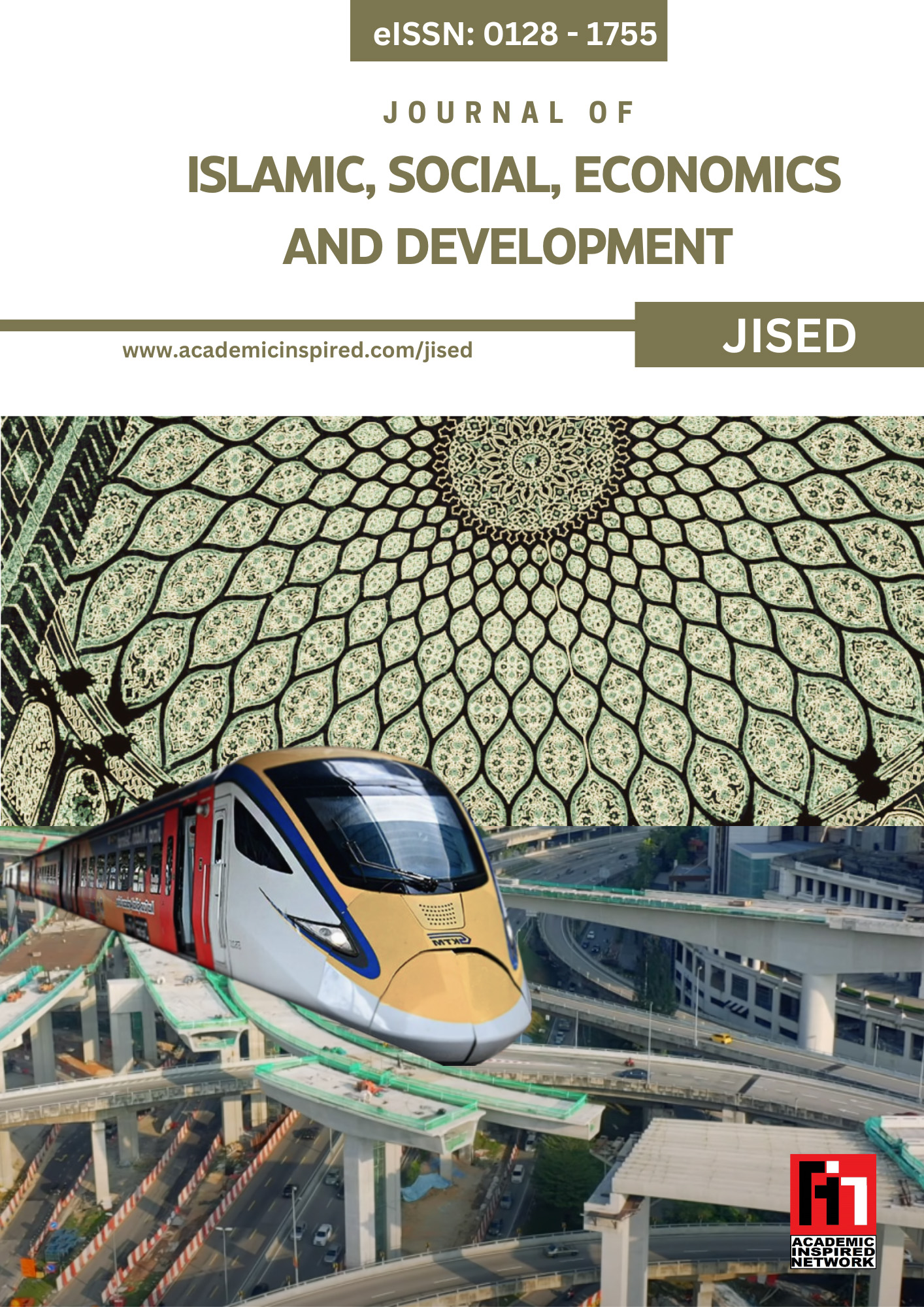Harnessing technological innovation to overcome challenges in pilgrimage rituals
Keywords:
hajj and umrah, technology adoption, innovation in pilgrimage management, pilgrim safety and experience, digital solutions for religious tourismAbstract
The Hajj and Umrah pilgrimages represent highly complex spiritual journeys that demand meticulous organization to ensure the safety, comfort, and smooth flow of millions of pilgrims. This study aims to explore the role of technology and innovation in addressing the diverse challenges encountered by pilgrims throughout the performance of these sacred rituals. These challenges encompass issues of overcrowding, communication, health, safety, and logistical management. By analyzing a range of modern technological applications—including integrated pilgrim management systems, drone technology, mobile applications, artificial intelligence, and health monitoring systems—this study evaluates the effectiveness of such innovations in improving the overall pilgrimage experience. The findings reveal that the adoption of technology not only mitigates risks but also streamlines management processes and enhances the clarity of guidance provided to pilgrims, thereby ensuring a safer and more efficient pilgrimage. Furthermore, the study discusses the obstacles associated with technological implementation and presents recommendations for future enhancement. In conclusion, technology and innovation play a pivotal role in shaping a more organized, secure, and spiritually meaningful Hajj and Umrah journey, underscoring the need for their comprehensive integration into pilgrimage management systems.













